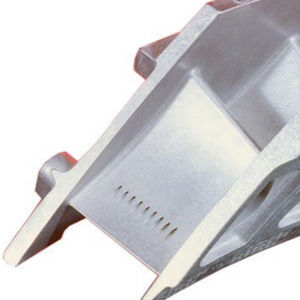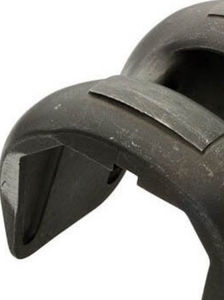
Corrosion protection coating service ceramicmetallicprocess
Add to favorites
Compare this product
Characteristics
- Function
- corrosion protection
- Material
- ceramic, metallic
- Domain
- process
- Other characteristics
- liquid
Description
Liquid coatings usually start as a liquid or slurry and can be applied by air spray, dip spin, or hand brushed. The application of the coating is followed by a thermal cure. Typical coatings include;
Corrosion Coatings
This technology is used in the gas turbine industry to coat compressor components, such as blades, vanes, blisks, and rotors. Typically used as a sacrificial or corrosion inhibiting layer for atmospheric protection, this process applies a paint-like, thermally cured coating. This process is typically designed for the low temperature, compressor side of the turbine engine, and can be sprayed to very smooth surface finishes of less than 20aa with no further finishing required. Typically, metallic and ceramic based slurries are used for these applications. They can be a single layer or bi-layer with both a sacrificial and sealing layers.
Dri-Film Lube
Dri-Film Graphite or Moly Disulfide Lube and PTFE coatings are used to provide lubricating properties to a wide variety of components. This can aid installation or provide lubrication when oils and grease are not practical. Coated components can be metals for engine or structural components or elastomers, such as O-rings. Temperature limitations are typically 650’F or less depending on specific coating and substrate limitations.
Advantages
-Flexible methods of application.
-Relatively thin, range from approximately .0005 degrees – .0035 degrees.
-Allows for lower cost substrate material to be utilized and still provide corrosion resistance.
-Reduces the risk of damage during installation.
-Can be stripped easily and reapplied during overhaul and repair cycles.
Catalogs
No catalogs are available for this product.
See all of Bodycote‘s catalogs*Prices are pre-tax. They exclude delivery charges and customs duties and do not include additional charges for installation or activation options. Prices are indicative only and may vary by country, with changes to the cost of raw materials and exchange rates.






